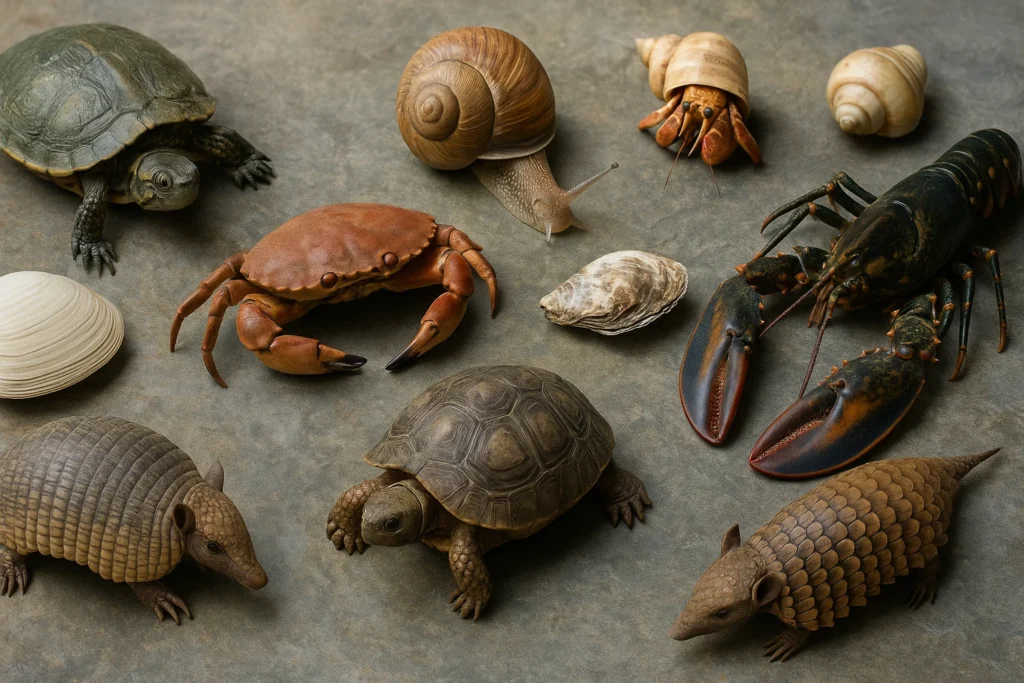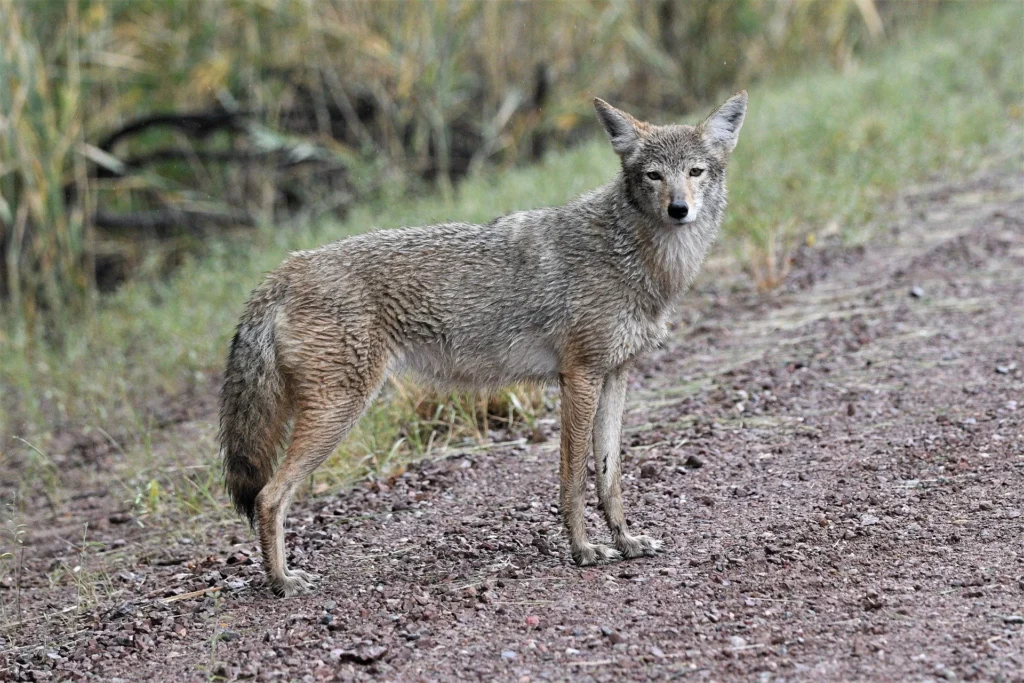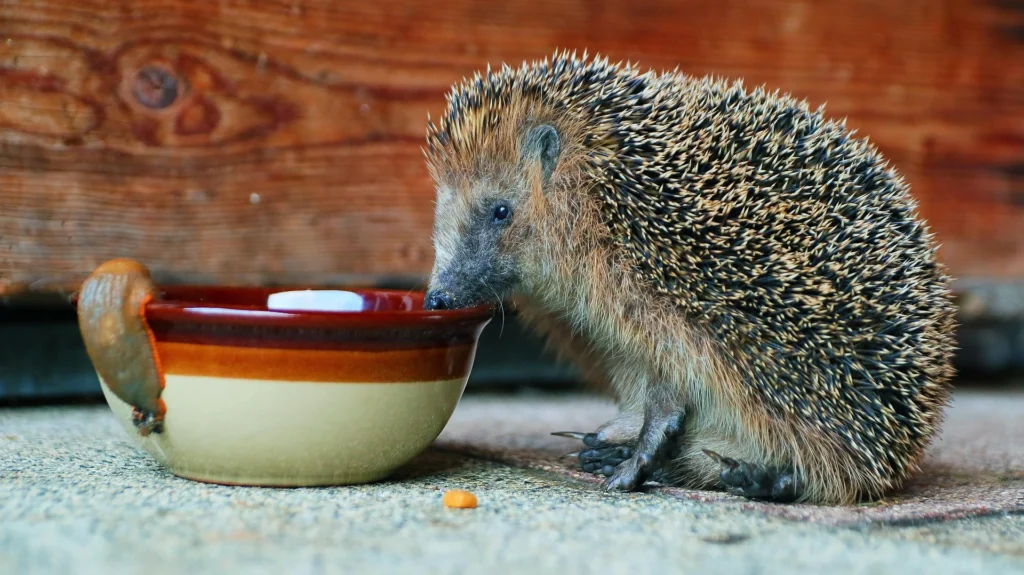Which animals have a hard shell? Animals with hard shells include turtles, crabs, snails, and armadillos. These creatures rely on their hard outer coverings for protection, survival, and even camouflage. Whether you’re looking for animals with hard shell for kids, exploring zoo animals with hard shell, or discovering sea animals with hard shells, this article covers it all—from names to pictures and fun facts!
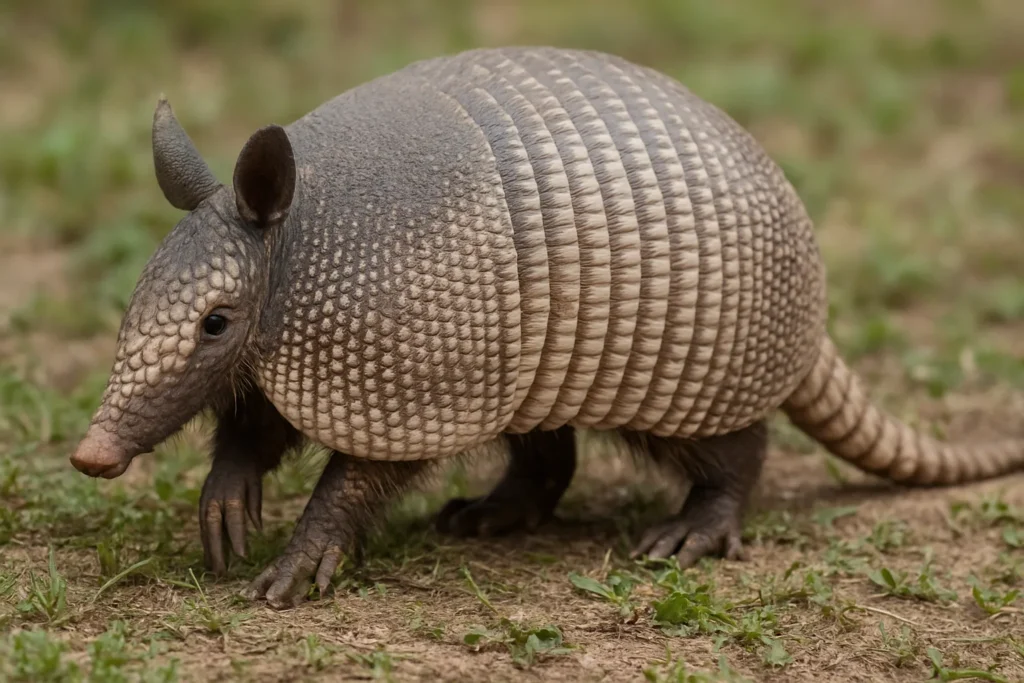
What Are Animals with Hard Shells?
Animals with hard shells are creatures that have developed a solid external covering—either as a shell or scales—to protect their soft bodies from predators and harsh environments. This shell can be made of calcium carbonate, keratin, or bone depending on the species. Some live on land, while others thrive in oceans, rivers, and forests.
Common Animals with Hard Shell Names
Here’s a list of popular animals with hard shell names that you may already know—or be excited to learn about. These creatures vary widely in size, habitat, and appearance, but all share one key trait: a hard outer shell or scales for protection.
Turtle
Turtles are reptiles known for their large, dome-shaped shells that cover most of their bodies. Their shells are made of bone and cartilage and are usually brown, green, or gray in color. Turtles have webbed feet or flippers depending on whether they live on land or in water, and their heads can retract into their shell for defense.
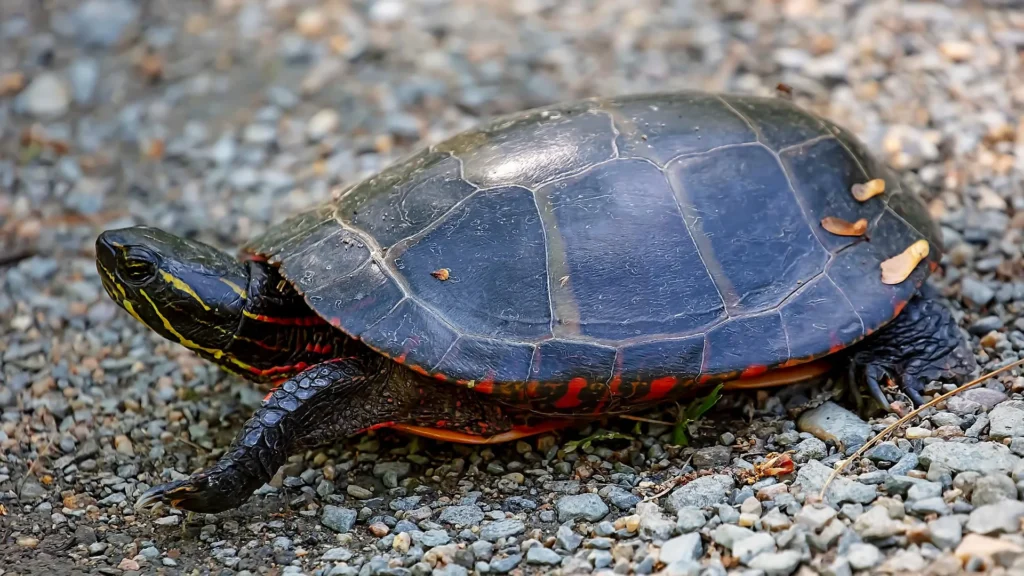
Snail
Snails are small, slow-moving mollusks with a coiled spiral shell on their back. Their soft, slimy bodies emerge from underneath the shell, and they move using a muscular “foot” that glides along the ground. Shells can come in various colors and patterns, depending on the species and environment.
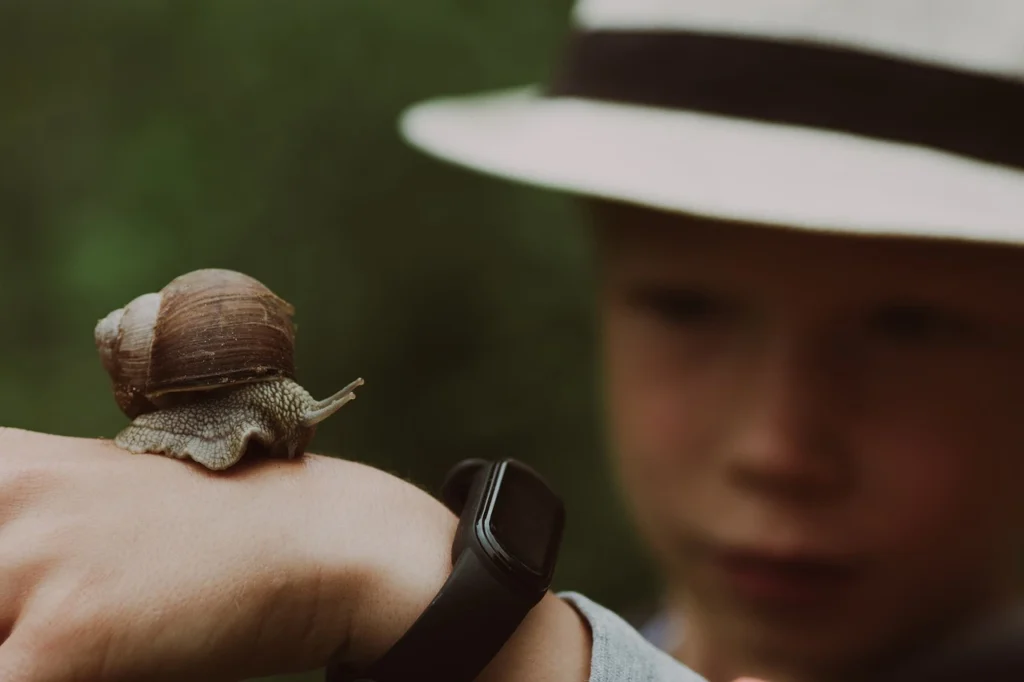
Crab
Crabs are crustaceans with a hard, flat exoskeleton and a sideways gait. They have a round or oval shell that protects their soft inner body and five pairs of legs, with the front pair modified into strong claws. Crab shells are usually reddish, brown, or bluish, and some species can grow quite large.
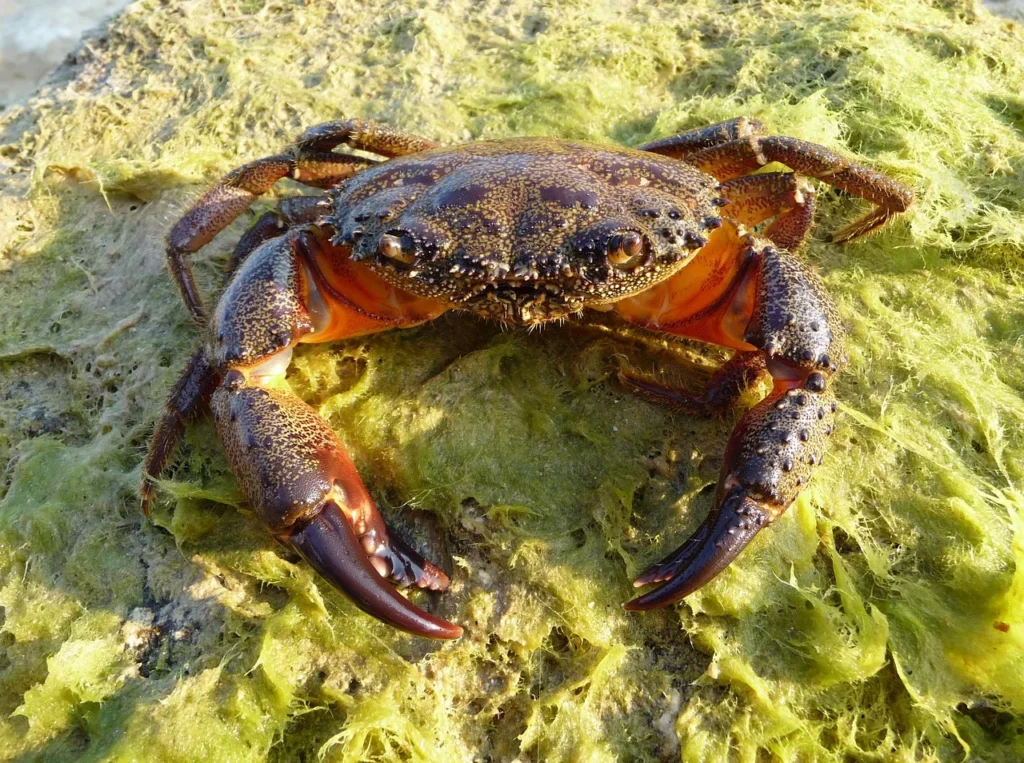
Lobster
Lobsters are marine animals with a tough, segmented shell and large, muscular claws. Their bodies are long and covered in armor-like plates that can be dark green, bluish, or red when cooked. Lobsters also have antennae and small eyes and are built for crawling along the ocean floor.
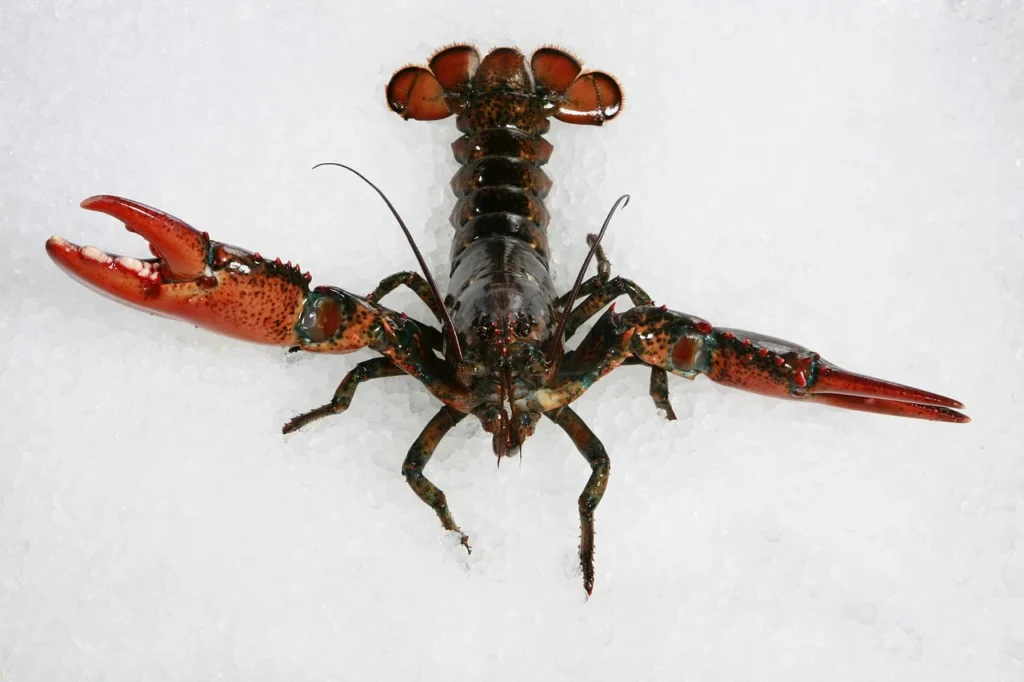
Armadillo
Armadillos are land mammals covered in overlapping, armor-like plates made of bone and keratin. Their bodies are long and low, with a rounded shell, small legs, and a pointy snout. Some species can roll into a ball to protect their vulnerable underparts, and their shell typically appears gray or light brown.
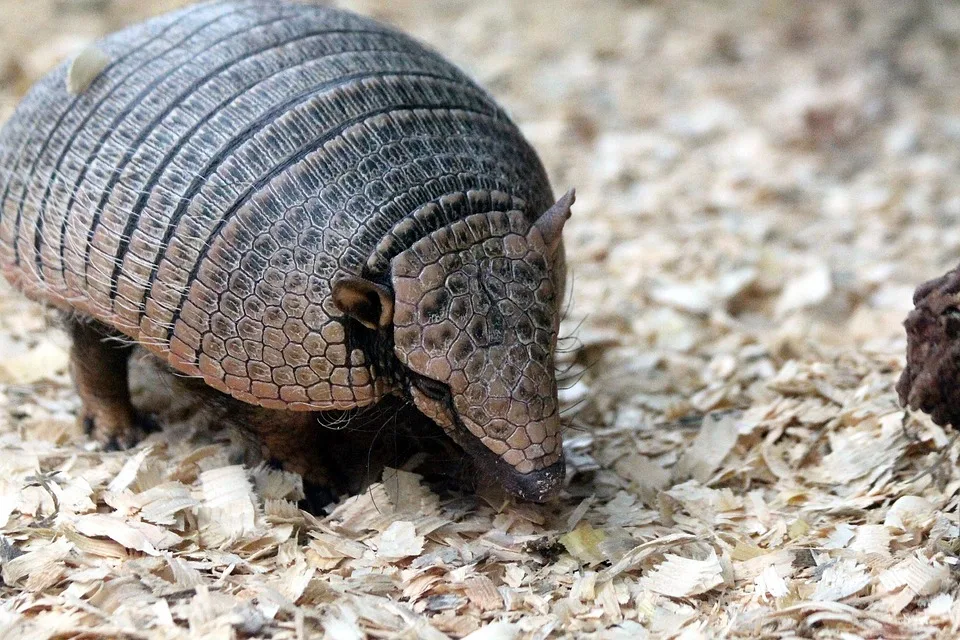
Tortoise
Tortoises are slow-moving reptiles that live entirely on land. Their shells are large, dome-shaped, and incredibly strong, made to withstand predators and harsh environments. The shell’s color varies from olive green to brown, often with patterns. Tortoises have thick, column-like legs and do not swim like turtles.
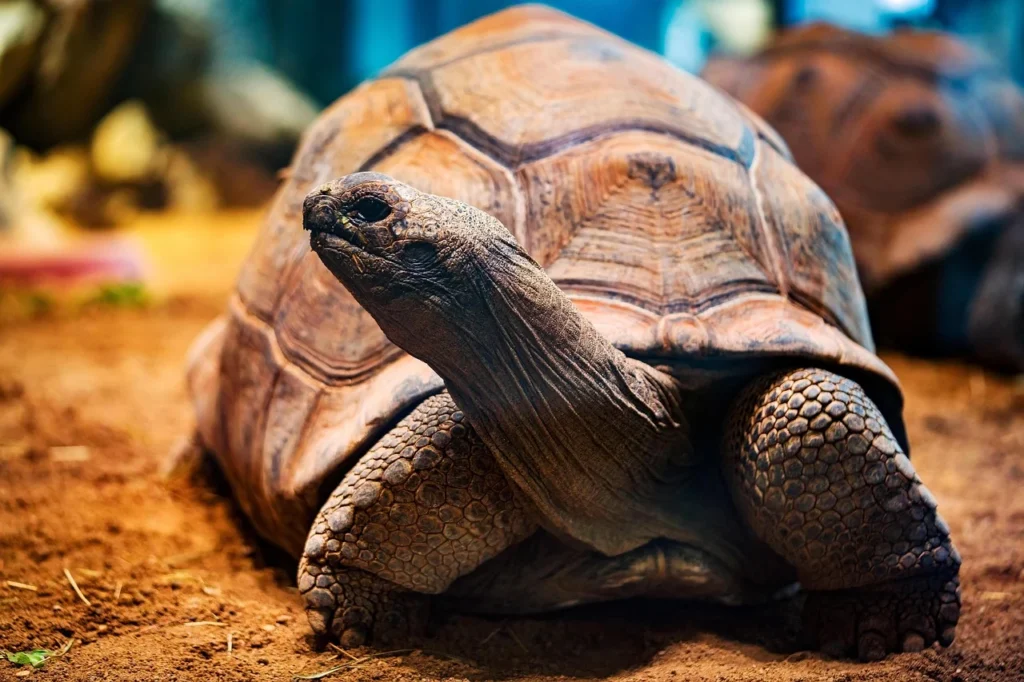
Hermit Crab
Hermit crabs are unique crustaceans that don’t grow their own shells—instead, they inhabit empty shells from other animals, especially sea snails. Their soft abdomens are coiled to fit snugly inside spiral shells. Hermit crabs use their front claws to defend their borrowed homes and can be found in oceans and even on land.

Clam
Clams are bivalve mollusks with symmetrical, oval-shaped shells joined by a hinge. Their shells are smooth or ridged and can vary in color from white to brown. Clams live buried in sand or mud in both freshwater and marine environments and use their shells to close tightly when threatened.
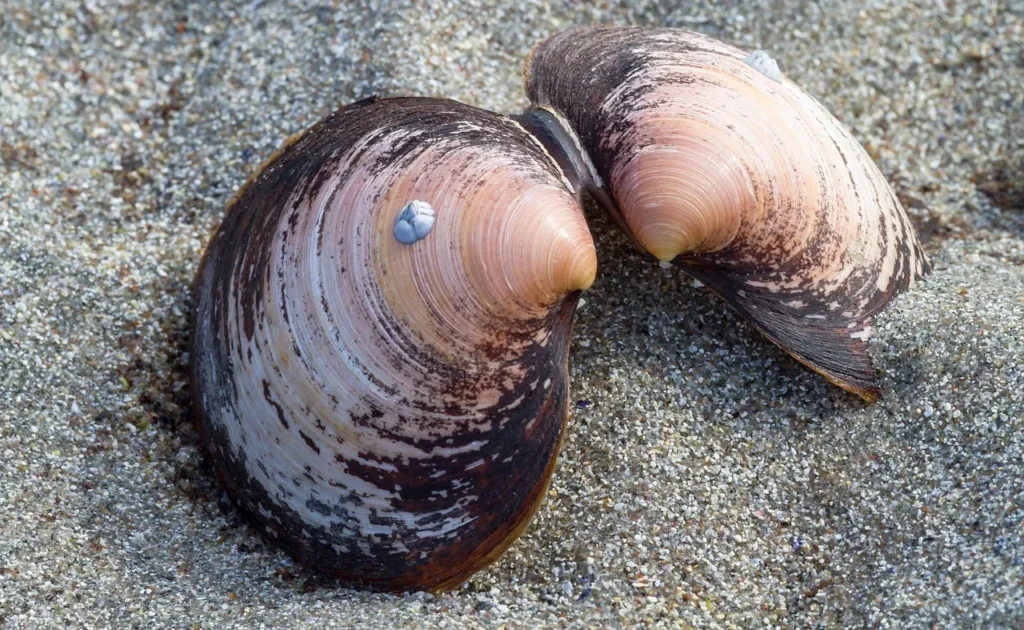
Oyster
Oysters are rough-shelled mollusks known for their irregular, often jagged outer shell. They are usually gray or off-white and grow attached to rocks or each other. Oysters filter water and are capable of producing pearls, which form as a defense mechanism against irritants inside their shell.
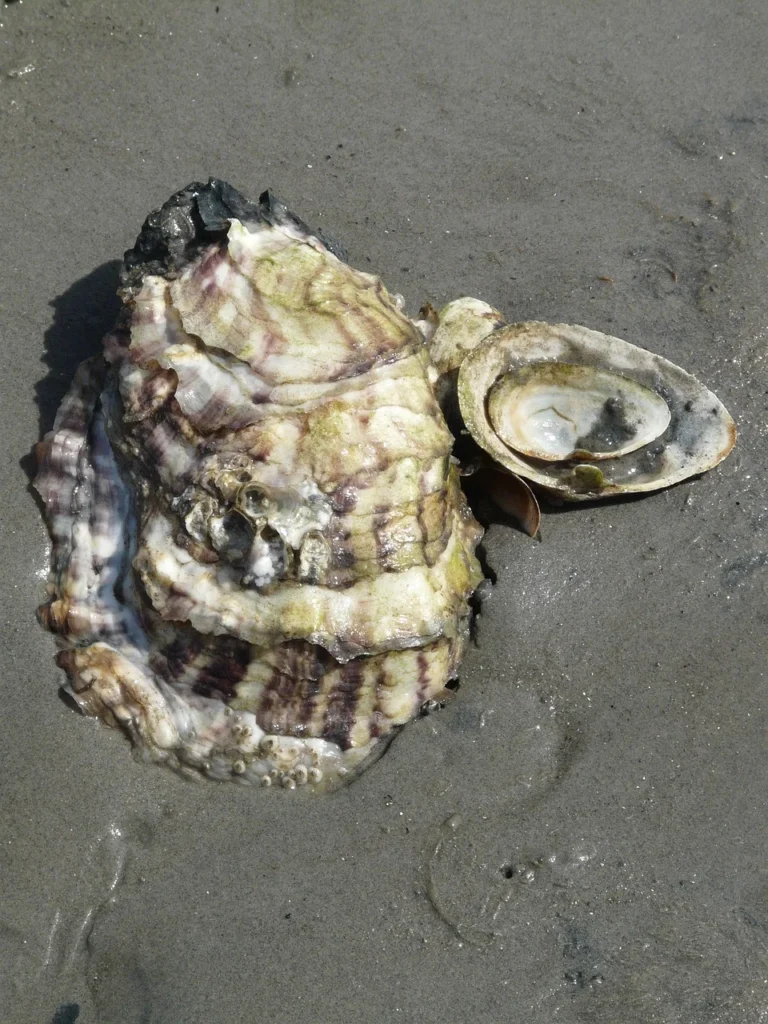
Scaly Pangolin
The pangolin is a rare mammal covered in large, overlapping keratin scales rather than a traditional shell. These scales give it a hardened appearance similar to a pine cone. When threatened, pangolins roll into a tight ball, using their scales as armor. They have long snouts and tongues for eating ants and termites.
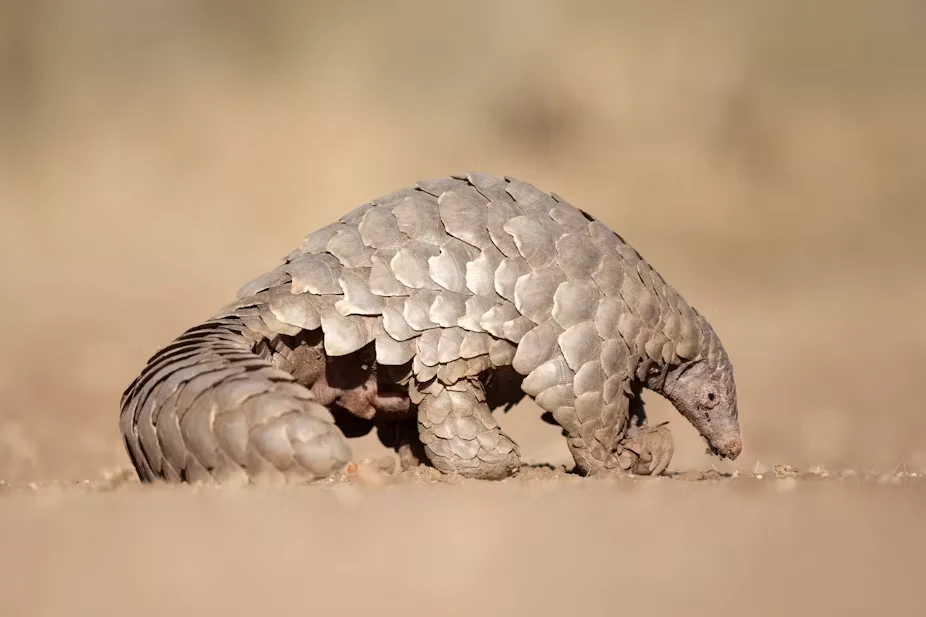
Cute Animals with Hard Shell
Yes, cute animals with hard shells exist, and kids absolutely love them! Snails and baby turtles are favorites among young animal lovers. These tiny creatures are not just adorable but also fun to observe, making them perfect for kids learning about nature.
Animals with Hard Shell for Kids
For educational purposes, here are five simple and fun animals with hard shell for kids to learn:
- Turtle – Easy to spot, slow-moving, and safe to observe.
- Snail – Great for science projects and fun to find after rain.
- Crab – Fun to watch on the beach, with their sideways walk.
- Ladybug (beetle) – A bug with a shiny, protective shell.
- Armadillo – A unique mammal with tough armor that rolls into a ball!
These animals make learning about shells exciting and engaging for children.
Zoo Animals with Hard Shell
In most zoos, you’ll find fascinating zoo animals with hard shell such as:
- Tortoises – Often part of reptile exhibits.
- Armadillos – A rare but interesting addition.
- Beetles – Some large species are on display for educational purposes.
Zoos help kids and adults explore these creatures up-close and understand how their hard shells help them survive.
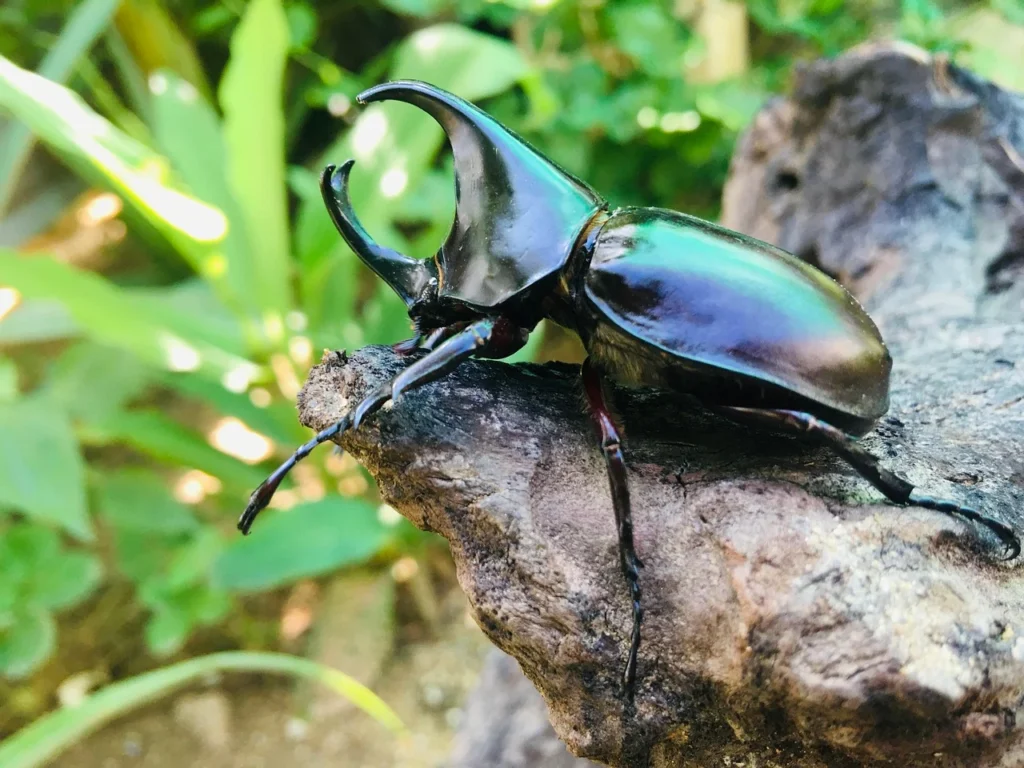
Animals with Hard Shell in the Ocean
If you’re asking, “What is a sea animal with a hard shell?”—here are some top answers:
- Sea Turtle
- Lobster
- Crab
- Clam
- Oyster
- Nautilus
These animals with hard shell in the ocean rely on their shell for protection from predators like sharks and octopuses.
Animals with Shells Pictures
Want to see what they look like? Browse the web for animals with shells pictures to view:
- Close-ups of turtle shells
- Snail shells in spiral patterns
- Crabs with colorful armor
- Artistic shots of sea shells washed ashore
These pictures are not only visually appealing but also helpful for identification and learning.
What Creature Has the Hardest Shell?
The Chiton—a sea mollusk—has one of the hardest shells known in the animal kingdom. Its shell is made of aragonite and even integrates iron minerals, making it tougher than some metals. Another contender is the ironclad beetle, whose shell can withstand being run over by a car!
What Do You Call Animals with Hard Shells?
Animals with hard shells are often referred to as:
- Exoskeleton animals (like crabs, beetles)
- Shellfish (like clams, oysters)
- Armored animals (like armadillos, pangolins)
In biology, they fall under different classifications like mollusks, crustaceans, reptiles, and insects—depending on their characteristics.

What is a Hard Shell That Lives on Land?
If you’re wondering “What is a hard shell that lives on land?”—here are some:
- Tortoises – True land-dwelling shelled reptiles.
- Armadillos – Mammals with bony plates.
- Snails – Some land varieties have beautifully spiraled shells.
- Beetles – Insects with a tough outer shell.
These land creatures are uniquely adapted to survive dry, rugged terrain.
Animals with Scales vs Hard Shells
While they’re similar, animals with scales (like snakes and fish) differ from hard-shelled animals. Scales are flexible and overlapping, providing protection and mobility, while hard shells are often rigid and cover the entire body or back of the animal.
Final Thoughts
Animals with hard shells are fascinating, diverse, and important to many ecosystems. From cute turtles to armored beetles, they’ve evolved to survive with the help of their protective coverings. Whether you’re educating kids, exploring nature, or just love animal facts, there’s a whole world of hard-shelled creatures to discover.
Don’t forget to check out animals with shells pictures online and maybe even plan a visit to see zoo animals with hard shells in real life!
